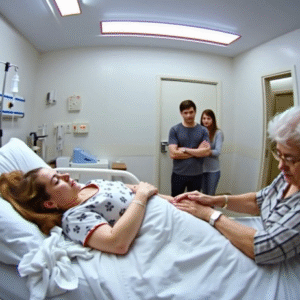You walk into a grocery store with just one thing on your list—milk. But before you reach the dairy section, you’ve passed through aisles filled with snacks, fresh produce, and tempting baked goods. By the time you get to checkout, your cart is full of items you didn’t plan to buy. Sound familiar? That’s no accident. The placement of milk at the back of the store is a carefully crafted strategy designed to maximize sales, influence consumer behavior, and enhance operational efficiency.
Let’s break down the psychology, economic strategy, and logistics behind this seemingly simple decision.
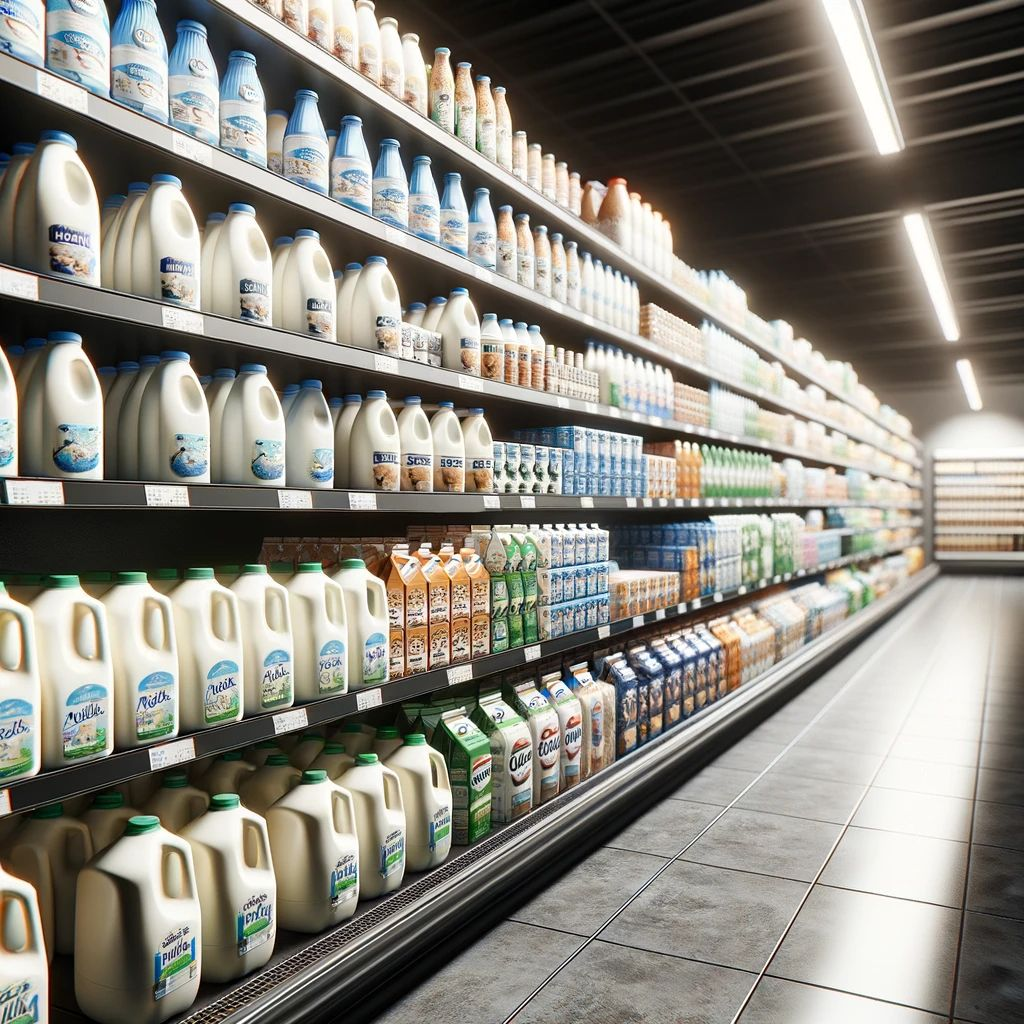
The Science of Consumer Behavior and Store Layout
Retailers don’t just place items randomly; every decision is based on consumer behavior and purchasing patterns. Grocery stores are designed to encourage shoppers to walk through as much of the store as possible, increasing the chances of impulse purchases.
- Milk is a Staple Item – Most shoppers come in to buy milk, bread, eggs, or other essentials. By placing these items at the back of the store, retailers ensure customers walk past a variety of products on their way, tempting them to grab a few extra items.
- Impulse Buying Psychology – Research shows that shoppers tend to buy more when they are exposed to a wider variety of goods. If milk were placed near the entrance, you could grab it and leave quickly. But since it’s at the back, you’re likely to pick up additional products along the way.
- Longer Shopping Time Equals Higher Spending – The longer customers spend in a store, the more they tend to buy. Walking past strategically placed displays, discount offers, and promotional signs can make you more likely to add things to your cart that weren’t on your list.
Video: Sneaky Tricks Grocery Stores Use to TRICK You!
The Role of Store Traffic Flow and Design
Grocery stores are not just random assortments of products; they are carefully curated spaces designed to guide customers through a specific shopping journey.
- Encouraging Full-Store Exploration – Stores create a traffic pattern that forces customers to walk through high-margin departments like bakery, fresh produce, and snacks before reaching essentials like milk and eggs.
- Strategic Product Placement – Frequently purchased items like bread and dairy products are spread out in different areas to increase customer exposure to more goods. This is often referred to as the “Boomerang Effect”—where essential products are placed at opposite ends of the store to ensure shoppers see more along the way.
- Seasonal and Promotional Displays – Placing milk near seasonal or promotional items (such as cookies, coffee creamers, or breakfast cereals) encourages cross-selling, where customers are subconsciously nudged to buy complementary products.
Economic Strategy: How Retailers Maximize Profits
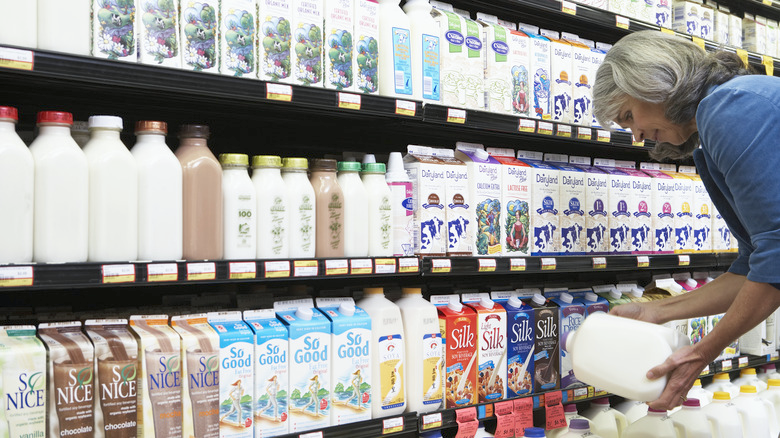
The placement of milk isn’t just about store layout—it’s a calculated economic strategy aimed at increasing a store’s bottom line.
- Boosting Average Transaction Value – Retailers know that if customers have to walk through multiple aisles, they are more likely to pick up additional items, increasing the store’s total sales per visit.
- Maximizing Complementary Sales – Dairy products are often placed near baked goods, juices, or snacks, encouraging customers to buy multiple items instead of just the one they came for.
- Encouraging Brand Exposure – Placing essential products far from the entrance ensures that customers see more brands and promotions, influencing their purchasing decisions and increasing brand visibility.
Cold Chain Logistics: The Practical Side of Milk Placement
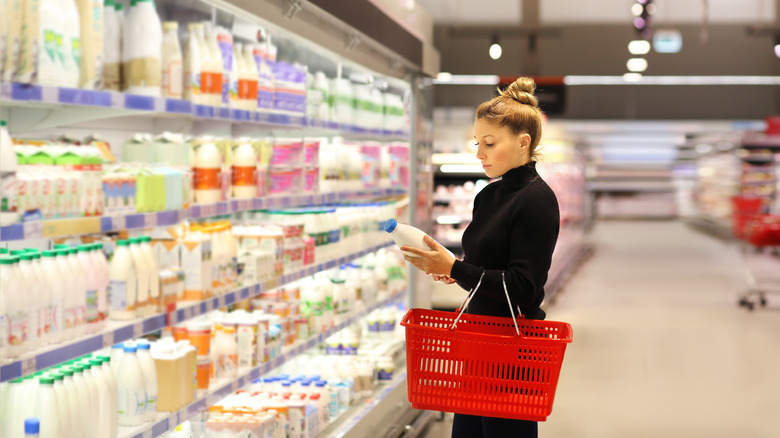
Beyond marketing tactics, there are also practical reasons for why milk and other dairy products are located at the back of the store.
- Minimizing Refrigeration Exposure – Milk is a perishable item that needs to be stored in a consistently cold environment. Keeping it near the storage area ensures that restocking happens quickly and efficiently, reducing the time the product is outside refrigeration.
- Easier Inventory Management – The back of the store is typically where stockrooms and refrigeration units are located. This placement allows employees to restock products more efficiently without disrupting customer shopping flow.
- Reducing Waste and Spoilage – Since milk has a relatively short shelf life, stores need to ensure quick and seamless replenishment. Having the dairy section close to storage helps keep inventory fresh and reduces waste.
The Psychology of Shopping: Why You Buy More Than You Planned
The strategic placement of milk also taps into psychological triggers that influence buying behavior.
- Routine and Familiarity – Once customers learn the layout of a store, they tend to follow the same shopping path each time they visit. Keeping milk at the back ensures they go through their usual routine, encountering promotional items and discounts along the way.
- The “Just One More Item” Effect – As customers near the end of their shopping trip, they often experience a sense of completion, which can lead to last-minute additions to their cart. This “reward mentality” makes them more likely to grab extra snacks, drinks, or treats before heading to checkout.
- Decision Fatigue and Upselling – After making multiple small purchasing decisions throughout the store, shoppers are more likely to indulge in additional purchases at the end of their trip, especially near checkout lanes.
Would It Ever Change? The Future of Grocery Store Design
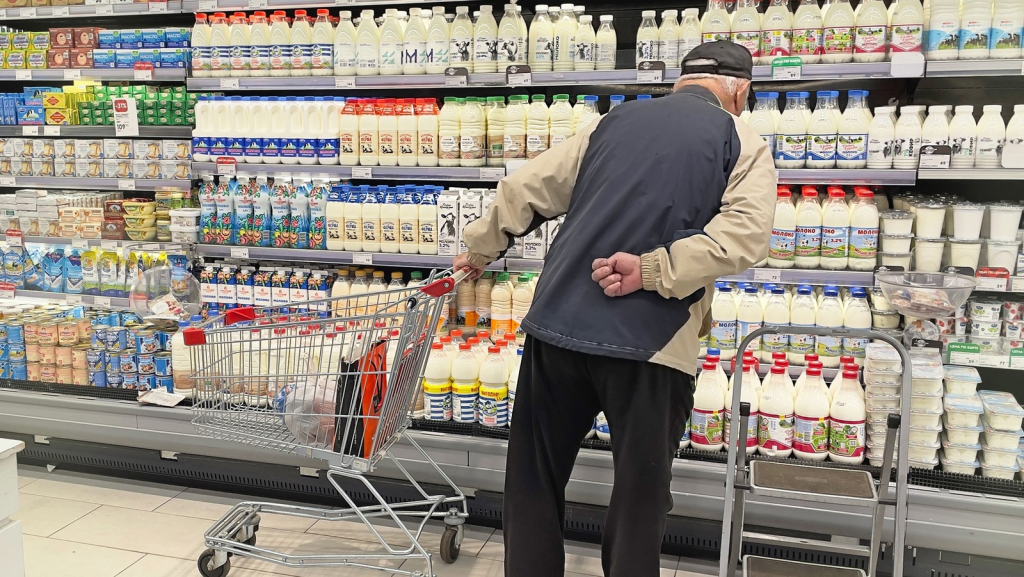
While the placement of milk has remained largely the same for decades, modern grocery trends are beginning to challenge traditional layouts.
- Online Grocery Shopping and Pickup Services – With more customers using online ordering and curbside pickup, the need for in-store traffic flow strategies may evolve. However, for in-person shoppers, strategic product placement will still play a key role.
- Convenience Store and Mini-Market Trends – Smaller, express-format stores are being designed with essential items placed closer to the entrance for quick grab-and-go shopping, catering to busy consumers who want efficiency over exploration.
- Technology-Driven Shopping Experiences – Smart shopping carts, mobile checkout, and personalized digital promotions could change how customers interact with store layouts, but the psychology of impulse buying will still be leveraged.
Final Thoughts: The Genius Behind Grocery Store Design
The next time you make your way to the back of the store for a gallon of milk, take a moment to notice how many extra items you pick up along the way. This simple yet highly effective strategy is a testament to the power of retail psychology, store planning, and economic strategy.
Grocery stores aren’t just places to buy food—they’re carefully designed environments built to maximize sales and enhance the shopping experience. Whether you embrace the journey or try to resist impulse buys, one thing is clear: the trip to the dairy aisle is never just about milk.



